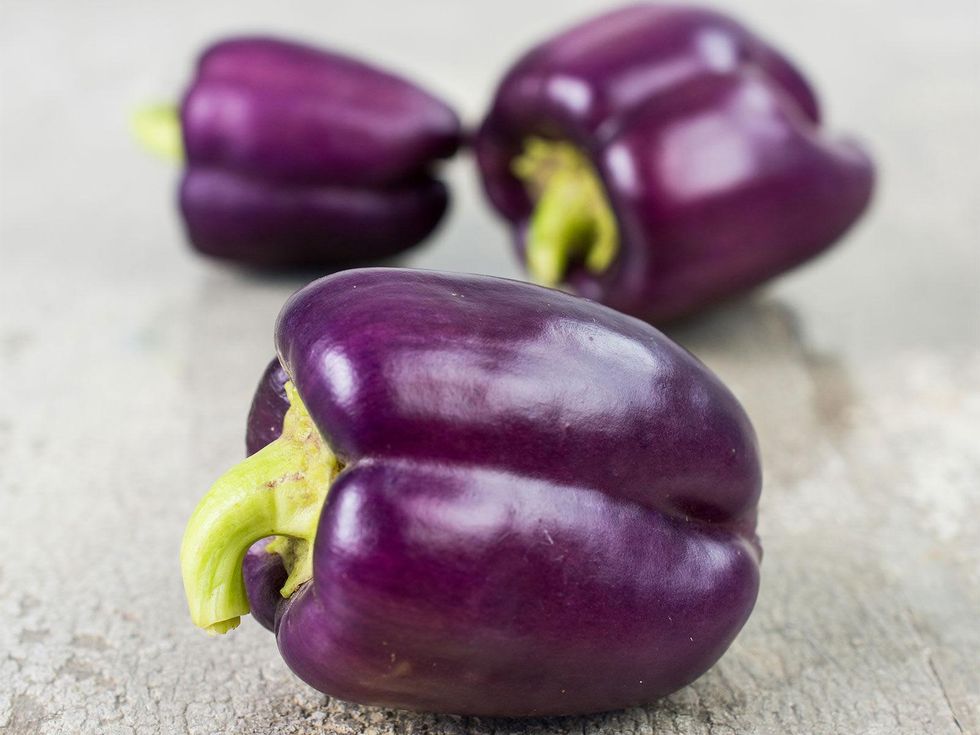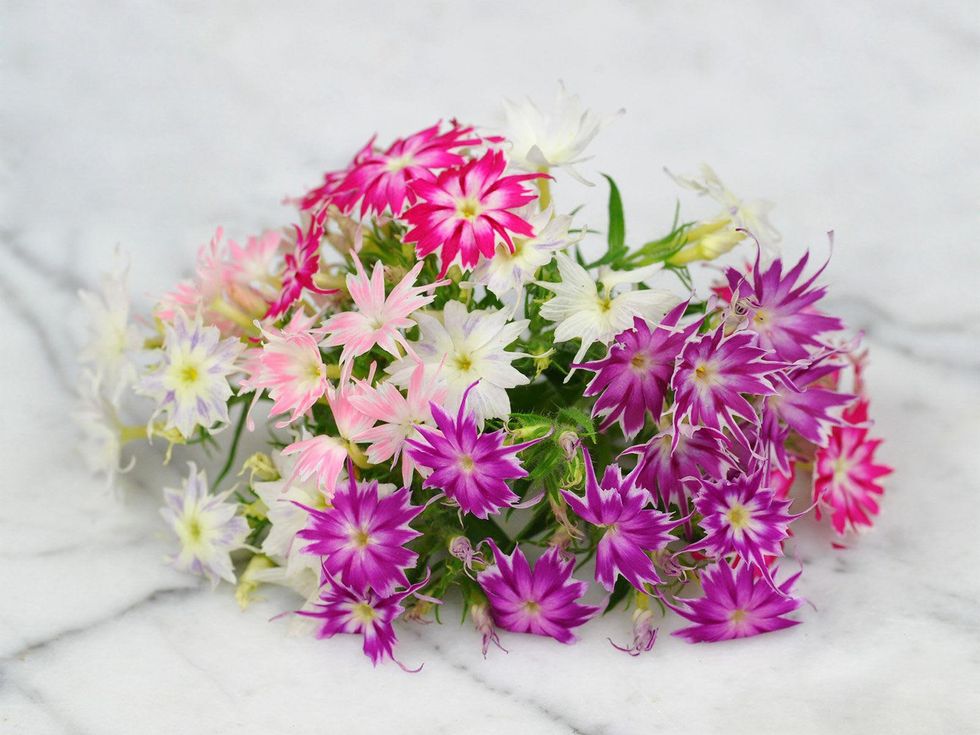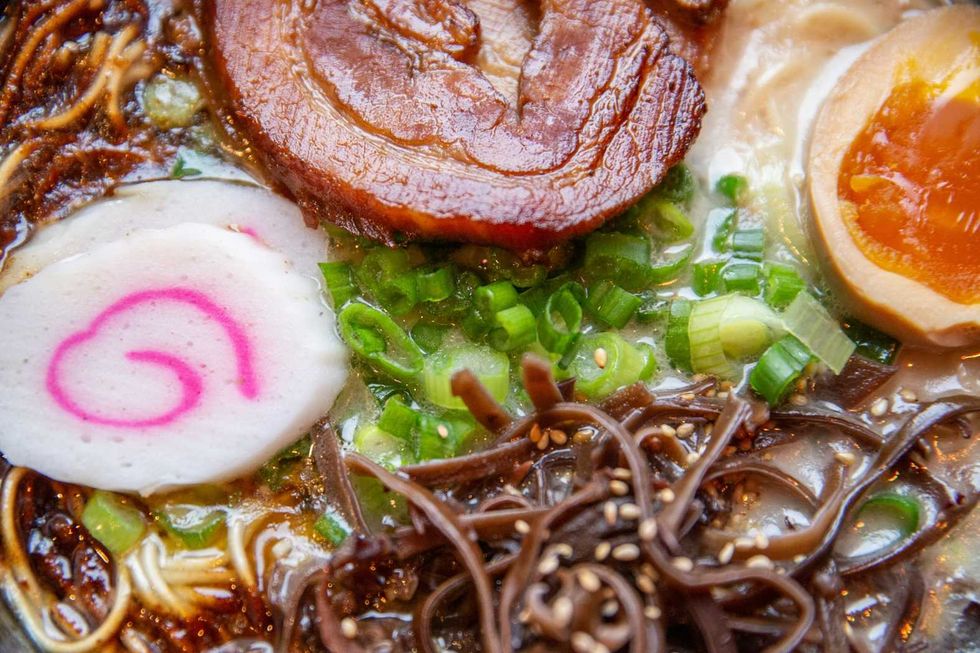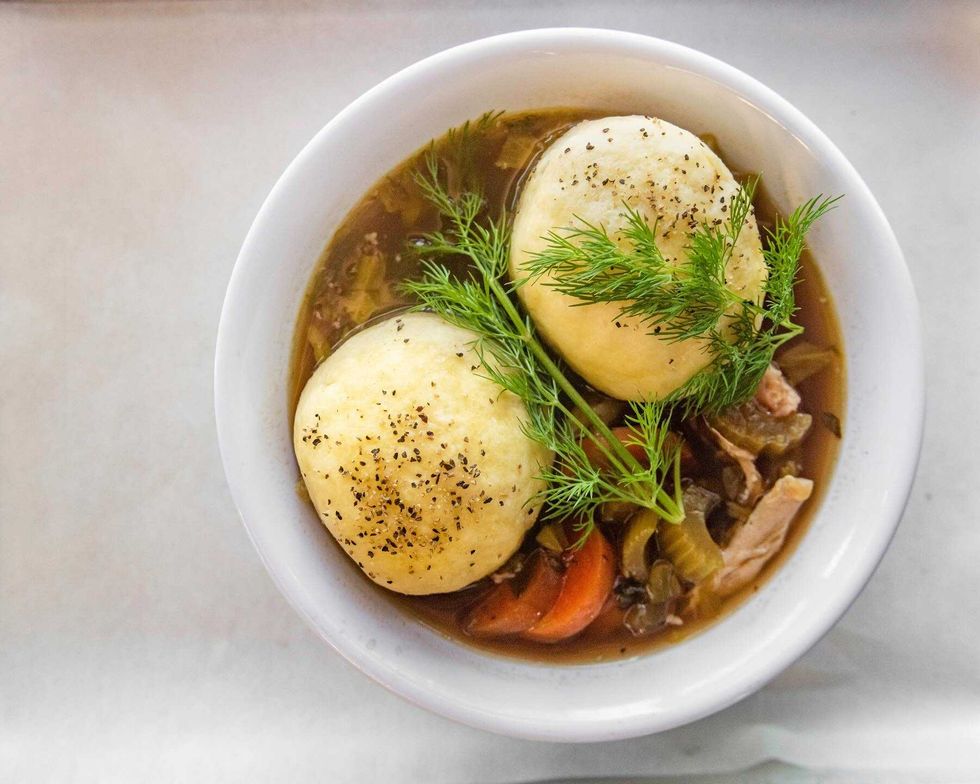The Farmer Diaries
Texas farmer offers list of essential seeds to buy for 2015 garden
In December, the idea of next year's garden seems so far away. But that's misleading. Working backward: By early March we should be setting out starter plants, and those need eight weeks or more to grow. That means that, by mid-January, we should start propagating seedlings indoors, in a greenhouse or under a grow light in a windowsill. And we should be ordering our seeds by the end of December.
Alternatively, we could just buy transplants already grown from a garden center in the spring. But then we'd miss out on the huge selection of heirloom varieties that are specifically adpated to our region, producing more flavorful, unique fruits and vegetables than store-bought transplants and seed offerings.
As to ornamentals, nothing to me smells as fragrant or looks as colorful as a standard, open-pollinated flower.
With the urban farming trend growing each year, it seems there are more alternative seed companies than ever, with a growing catalog of open-pollinated and heirloom varieties for sale. These purveyors of non-GMO seed are like guardians of the genetic code that lies at the root of the crops that fed past generations, before industrial agriculture's demand for mechanization led to the demise of crops that wouldn't play along.
Receiving donated strains of cultivars, dredging up forgotten varieties of garden plants and scouring the earth for crops that are next to oblivion, these seed companies keep plant diversity alive and available for purchase, offering what we may call re-releases each year — varieties that may have skipped a whole generation of gardeners until they were propagated and given their due attention.
Others use traditional breeding, not genetic engineering, to develop hardier cultivars that promise better nutrition, flavor and resistance to disease.
These are the seeds I look for, from seed companies that align with my drive to grow sustainably. Their catalogs will be heading out to mailboxes in the next few weeks.
Here are some of my picks for seeds to buy for the 2015 growing season.
Baker Creek Heilroom Seeds
Oaxacan green dent corn. Beautiful ears in a range of greens, from yellow-green to emerald, with every shade in between; purported to make good cornbread.
Scarlet kale. A pretty red kale that produces lots of delicious, frilly leaves that look like they're dusted with blush.
Lilac bell pepper. I've seen yellow, orange, red and green bell peppers, even chocolate brown. This purple pepper is a crisp, juicy, sweet new one to me.
Queen Lime zinnia. Apple-green dahlia-like blooms and a must-try for anyone who grows Envy zinnias.
Twinkles dwarf mix phlox. Shows a diversity of streaks and stripes with the widest possible range of phlox colors.
Victory Seeds
Zolotoe Serdtse tomato. An old Russian commercial variety that promises three- to eight-ounce golden orange, sweet fruits.
Bronze-orange corn. Growing on short, 4-foot-tall cornstalks, this corn produces up to five golden orange ears per stalk. This variety has fallen out of circulation for almost 20 years.
Grandma Rose's Italian pole bean. Pole beans produce a remarkable amount of food per vining plant, and this new release can be picked for green beans or allowed to mature into dry beans.
Native Seed/SEARCH
Benne sesame. The light tan-white seed of this heirloom is far more flavorful than modern sesame. Sesame is not a native plant to the U.S., but its African origins make it well-suited to hot, dry climates.
Yellow tepary beans. These arid-adapted beans are typically white or brown. This yellow variety is very productive in hot, dry locations — in other words: Texas. Tepary beans are high in protein and contain soluble fiber, which is helpful in controlling cholesterol and diabetes.
Reventador popcorn. An old-fashioned pinole corn with translucent white kernels that makes a very flavorful, crunchy popcorn when popped and needs almost no seasoning.
Rio Grande blue flour corn. An all-purpose blue flour corn that has high nutrition. and long slender ears on plants that grow five to seven feet tall.
Golden purslane. An exceptionally nutritious salad ingredient that is high in Vitamin E, beta carotene and omega 3 ALA. Purslanes are also fairly drought-tolerant, and this one should be no exception.
Conservation Farm sunflower mix. An open-pollinated mix of sunflower varieties. The heads reach up to 12 inches in diameter, and the plants grow to 8 feet tall. These attract pollinators and can be used to shade tender plants.






 Bouldin Creek Cafe's sweet and savory oven cake breakfast. Photo from Bouldin Creek Cafe Facebook
Bouldin Creek Cafe's sweet and savory oven cake breakfast. Photo from Bouldin Creek Cafe Facebook Ramen Tatsu-ya has plenty of options for chilly days, but you can't go wrong with the OG Tonkotsu. Photo from Ramen Tatsu-ya Facebook
Ramen Tatsu-ya has plenty of options for chilly days, but you can't go wrong with the OG Tonkotsu. Photo from Ramen Tatsu-ya Facebook The matzoh ball Soup at Mum Foods, a barbecue and delicatessen combo. Photo from Mum Foods Smokehouse and Delicatessen Facebook
The matzoh ball Soup at Mum Foods, a barbecue and delicatessen combo. Photo from Mum Foods Smokehouse and Delicatessen Facebook La Barbecue's smoky brisket chili for a cozy winter day.Photo from La Barbecue Facebook
La Barbecue's smoky brisket chili for a cozy winter day.Photo from La Barbecue Facebook